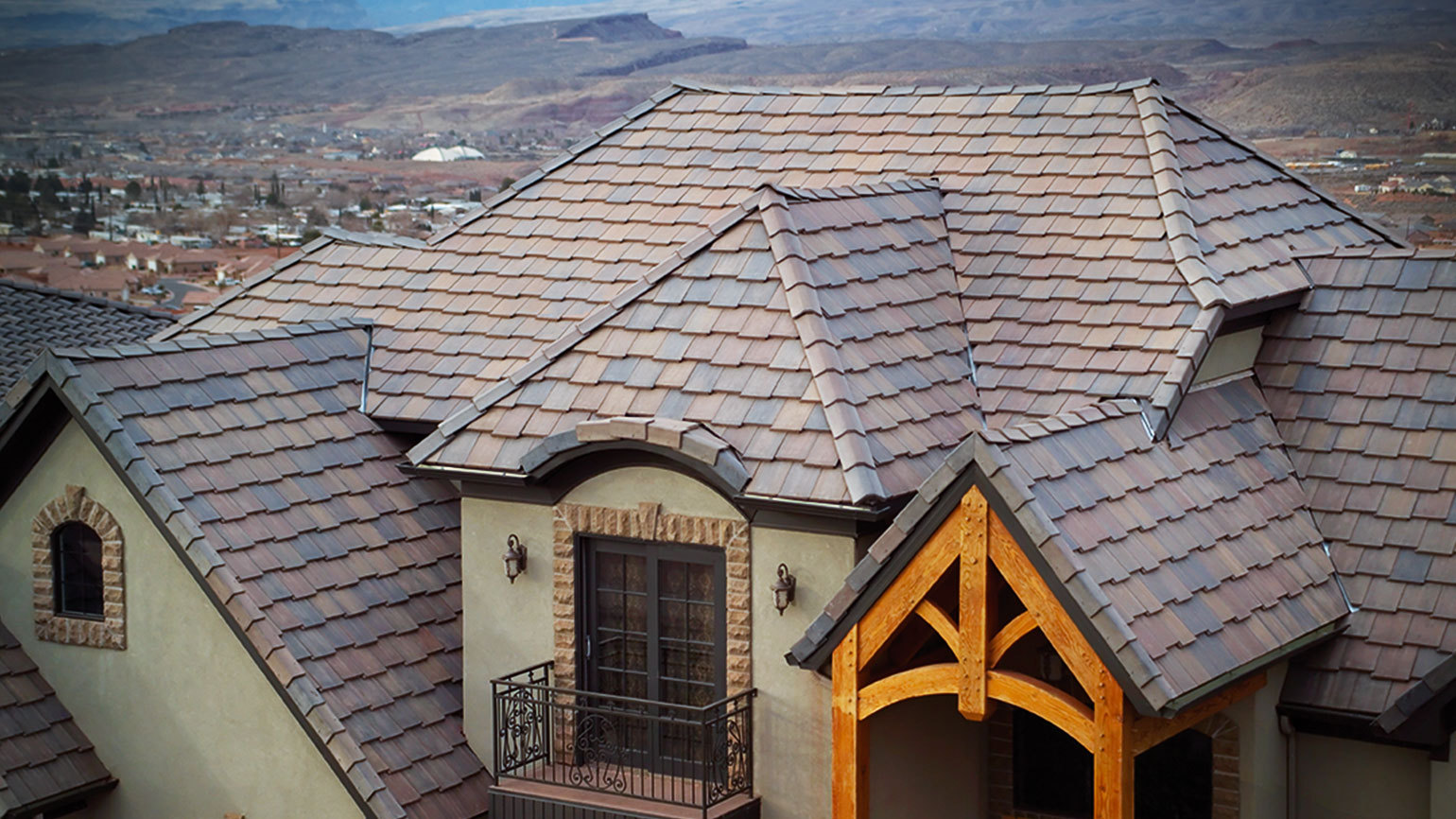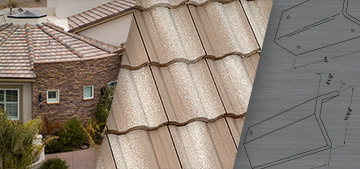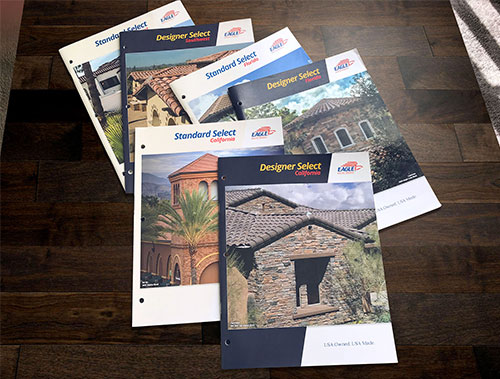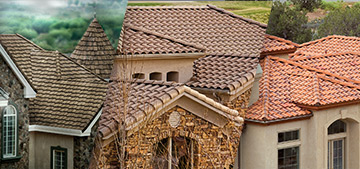Home ownership brings great joy to many, but with it, comes the dreaded word – home maintenance. However, home maintenance doesn’t have to be a burden if you set time aside each year to prevent tomorrow’s problems. This means giving equal importance to both the interior and exterior. Take your roof for instance. Roofs get more abuse from the elements than any other part of your home, and preventative maintenance is a key component to providing a longer service life.
Whether it’s a commercial or residential roof, all roofing systems require some sort of maintenance throughout the year. Concrete tile roofs, under normal conditions, require minimal upkeep. Semi-annual inspections should be done to identify and solve problems as they occur. An ideal time to perform these inspections would be at the end of winter, as well as towards the end of the summer season.
When inspecting your roof and the surrounding areas be sure to:
- Check downspout exits to ensure they haven’t been crushed or crumpled, which can restrict drainage.
- Inspect and clear debris from rooftop gutters and header boxes.
- Remove leaves and debris from the rooftop.
- Do not try to remove the debris with a hose because that may cause downspouts to clog.
- Take note on whether the roof appears unusually sunken or if water is ponding anywhere.
- Clean before visually inspecting the roof for signs of weathering.
- Check the property surrounding the building for tall trees with dead limbs.
- Trim trees and bushes away from your home to minimize mold and algae growth.
- Inside your home, check interior walls and ceilings for water damage.
A good tip to having the best kept roof in the neighborhood is having your roof cleaned by a licensed and insured professional while these semi-annual inspections are being scheduled. In rainy seasons, mold thrives; letting mold sit on your roof top is not only an esthetics issue but it may also interfere with the natural drainage of the roof system.
When to get a professional involved.
Most roof damage occurs before anyone at ground level notices it. Making discoveries of ponding, gaps around penetrations, loose flashings or other roof damage should be promptly reported to a professional roofing company. If you experience any leaks, it’s important to get a thorough leak inspection as soon as possible. A visible interior leak could mean there’s an outside entryway for water to enter your roof structure.
Here are a few tips for hiring a professional roofing contractor:
- Make sure the roofing contractor is licensed and insured.
- Request that the prospective contractor provide copies of their manufacturer certifications and warranties for their proposed system.
- Ensure you have the necessary building permits.
- Keep a file of all records and inspection reports that are related to your roof.
- Establish a rooftop control policy. Advise equipment service personnel to be careful and observe safety precautions when handling tools and heavy equipment on the roof. Keep a log of all such trips to the roof.
If you see a potential roofing problem, don’t try to fix it yourself. Call a professional roofing contractor, as many repairs are quick and inexpensive if caught early. Your roof is a big investment, make sure it’s leak-free all year long.



